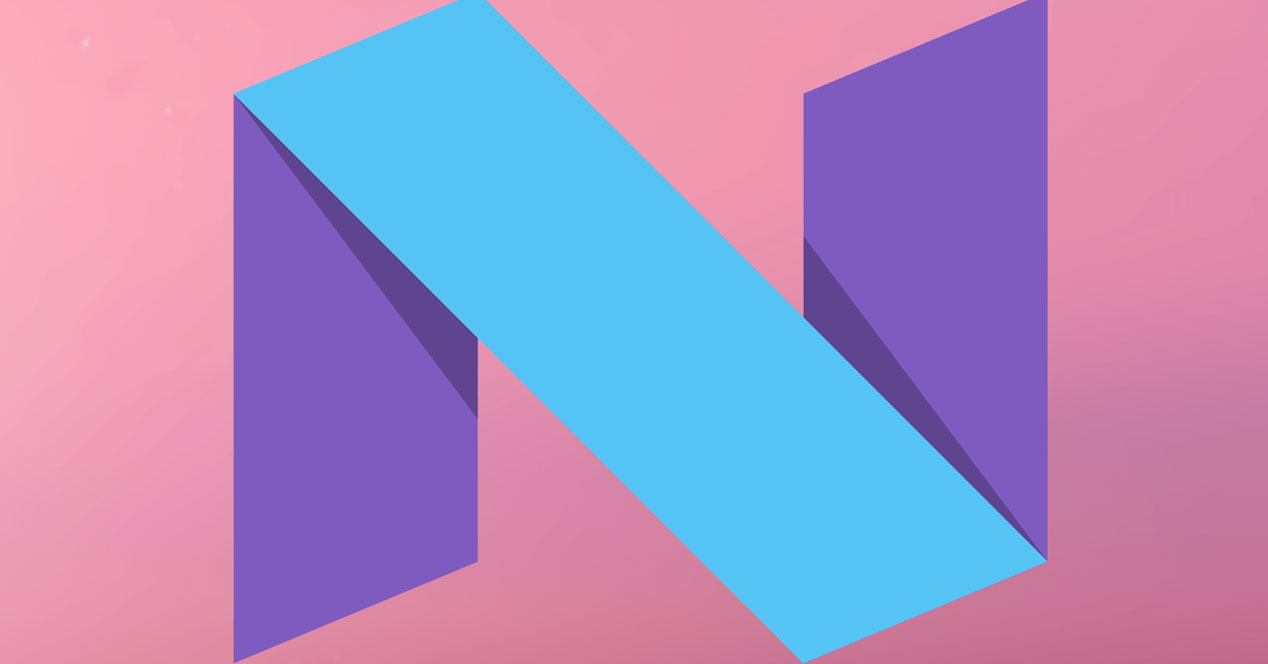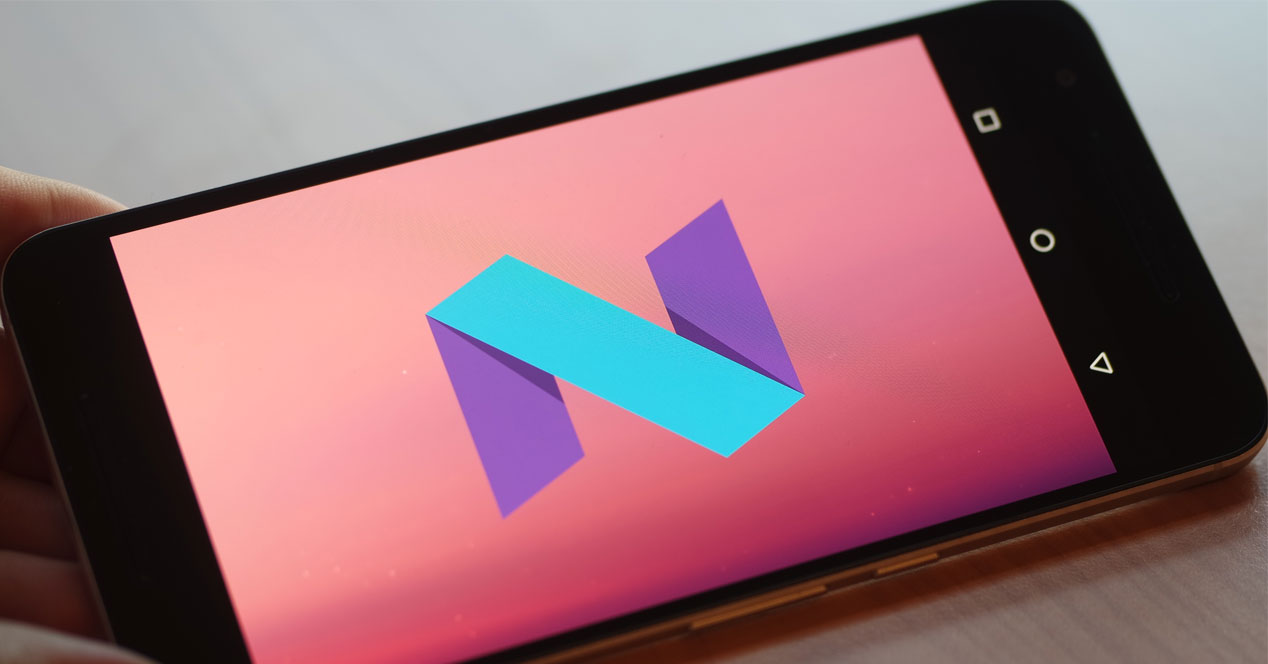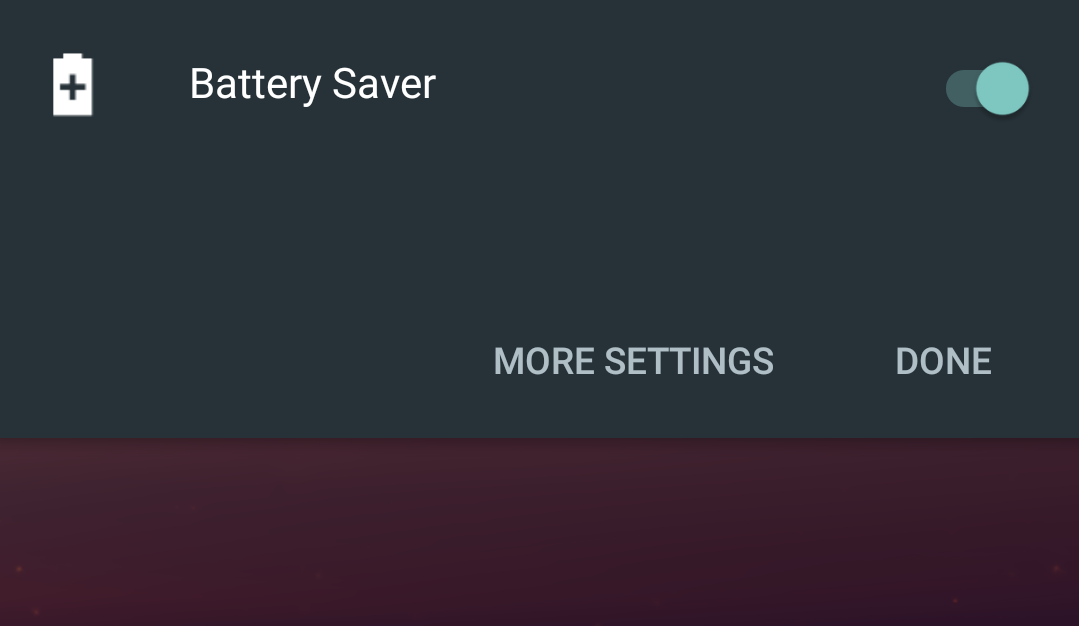
For some time now, mobile operating systems, and their corresponding customizations, have included the option of activating a functionality that saves energy. In this way, it is favored that the autonomy is the best possible or that excessive battery charge is not used at times when there is not much left. As well, Android N brings improvements in this section.
With the third trial version of Android N in the process of testing, and without a name for this version of Google's work (something that will be corrected in just a few weeks), it has been known that the battery saving offered by Google's operating system includes advances, which focus especially on simplicity when activating it - since, for the moment, the parameters of use are maintained.
The new access
Without eliminating the previous way of accessing this functionality, which is located in the Battery section of the Settings of Android N, Google has worked so that the steps to take to activate this option are fewer and, in addition, that its use is more intuitive and faster. Now on the list of quick access An icon is displayed that allows you to activate and deactivate this option, in the same way that it is done with WiFi connectivity and, therefore, simplicity is maximum when it comes to using it.
Additionally, if you have the energy saving in operation, either to not consume much or because the battery is low, in the upper notification bar a new option in the image representing the load of the mentioned component. This makes it possible to know at a glance everything regarding the functionality (which is nothing more than whether it is active or not).
A final detail: if you press and hold the drop-down shortcut, you can directly access the consumption graph battery charge, where you also know which applications or processes are consuming the most battery. Be that as it may, the truth is that the new option in Android N which, as it happens many times, surely ends up being one of the most used by users. Will it be your case?

